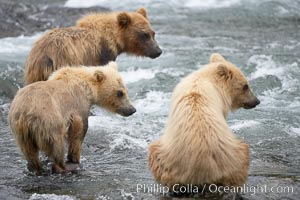
Brown bear spring cubs, a litter of three just a few months old, wait for their mother to return to the side of the Brooks River.
Species: Brown bear, Ursus arctos
Location: Brooks River, Katmai National Park, Alaska
Image ID: 17214
Species: Brown bear, Ursus arctos
Location: Brooks River, Katmai National Park, Alaska
Image ID: 17214
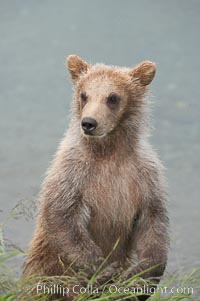
Brown bear spring cub, just a few months old.
Species: Brown bear, Ursus arctos
Location: Brooks River, Katmai National Park, Alaska
Image ID: 17269
Species: Brown bear, Ursus arctos
Location: Brooks River, Katmai National Park, Alaska
Image ID: 17269
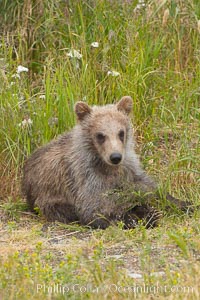
Brown bear spring cub, just a few months old.
Species: Brown bear, Ursus arctos
Location: Brooks River, Katmai National Park, Alaska
Image ID: 17270
Species: Brown bear, Ursus arctos
Location: Brooks River, Katmai National Park, Alaska
Image ID: 17270
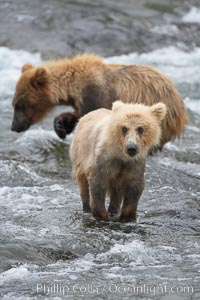
Brown bear spring cub, just a few months old.
Species: Brown bear, Ursus arctos
Location: Brooks River, Katmai National Park, Alaska
Image ID: 17272
Species: Brown bear, Ursus arctos
Location: Brooks River, Katmai National Park, Alaska
Image ID: 17272
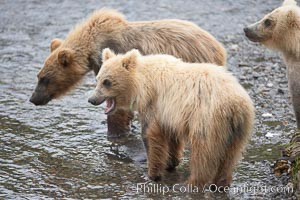
Brown bear spring cubs, just a few months old.
Species: Brown bear, Ursus arctos
Location: Brooks River, Katmai National Park, Alaska
Image ID: 17306
Species: Brown bear, Ursus arctos
Location: Brooks River, Katmai National Park, Alaska
Image ID: 17306
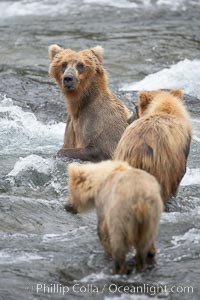
Brown bear mother watches her two spring cubs as she tries to catch salmon in the Brooks River.
Species: Brown bear, Ursus arctos
Location: Brooks River, Katmai National Park, Alaska
Image ID: 17307
Species: Brown bear, Ursus arctos
Location: Brooks River, Katmai National Park, Alaska
Image ID: 17307
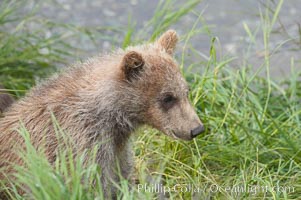
Brown bear spring cub, just a few months old.
Species: Brown bear, Ursus arctos
Location: Brooks River, Katmai National Park, Alaska
Image ID: 17308
Species: Brown bear, Ursus arctos
Location: Brooks River, Katmai National Park, Alaska
Image ID: 17308
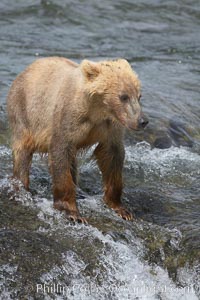
Brown bear spring cub, just a few months old.
Species: Brown bear, Ursus arctos
Location: Brooks River, Katmai National Park, Alaska
Image ID: 17312
Species: Brown bear, Ursus arctos
Location: Brooks River, Katmai National Park, Alaska
Image ID: 17312
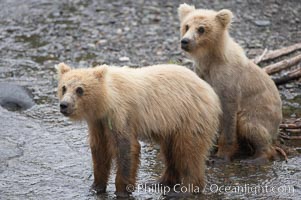
Brown bear spring cubs, just a few months old.
Species: Brown bear, Ursus arctos
Location: Brooks River, Katmai National Park, Alaska
Image ID: 17313
Species: Brown bear, Ursus arctos
Location: Brooks River, Katmai National Park, Alaska
Image ID: 17313
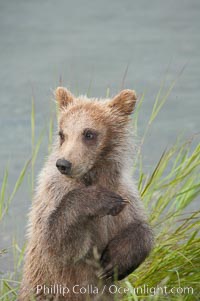
Brown bear spring cub, just a few months old.
Species: Brown bear, Ursus arctos
Location: Brooks River, Katmai National Park, Alaska
Image ID: 17314
Species: Brown bear, Ursus arctos
Location: Brooks River, Katmai National Park, Alaska
Image ID: 17314
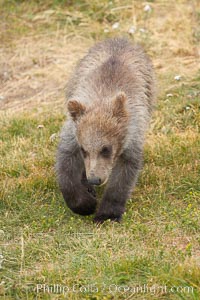
Brown bear spring cub, just a few months old.
Species: Brown bear, Ursus arctos
Location: Brooks River, Katmai National Park, Alaska
Image ID: 17315
Species: Brown bear, Ursus arctos
Location: Brooks River, Katmai National Park, Alaska
Image ID: 17315
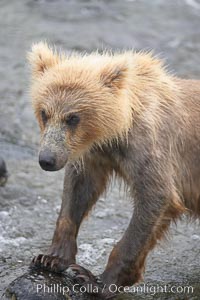
Brown bear spring cub, just a few months old.
Species: Brown bear, Ursus arctos
Location: Brooks River, Katmai National Park, Alaska
Image ID: 17341
Species: Brown bear, Ursus arctos
Location: Brooks River, Katmai National Park, Alaska
Image ID: 17341
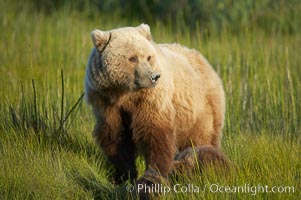
Brown bear female sow in sedge meadow, with her three spring cubs hidden by the deep grass next to her. These cubs were born earlier in the spring and will remain with their mother for almost two years, relying on her completely for their survival.
Species: Brown bear, Ursus arctos
Location: Lake Clark National Park, Alaska
Image ID: 19285
Species: Brown bear, Ursus arctos
Location: Lake Clark National Park, Alaska
Image ID: 19285
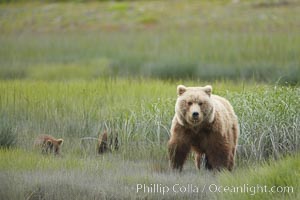
Brown bear female sow with spring cubs. These three cubs were born earlier in the spring and will remain with their mother for almost two years, relying on her completely for their survival.
Species: Brown bear, Ursus arctos
Location: Lake Clark National Park, Alaska
Image ID: 19302
Species: Brown bear, Ursus arctos
Location: Lake Clark National Park, Alaska
Image ID: 19302
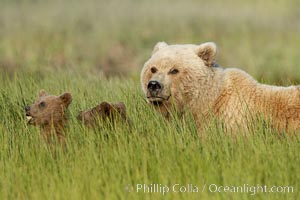
Brown bear female sow with spring cubs. These cubs were born earlier in the spring and will remain with their mother for almost two years, relying on her completely for their survival.
Species: Brown bear, Ursus arctos
Location: Lake Clark National Park, Alaska
Image ID: 19304
Species: Brown bear, Ursus arctos
Location: Lake Clark National Park, Alaska
Image ID: 19304
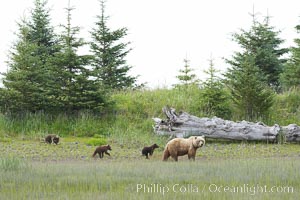
Brown bear female sow with spring cubs. These cubs were born earlier in the spring and will remain with their mother for almost two years, relying on her completely for their survival.
Species: Brown bear, Ursus arctos
Location: Lake Clark National Park, Alaska
Image ID: 19305
Species: Brown bear, Ursus arctos
Location: Lake Clark National Park, Alaska
Image ID: 19305
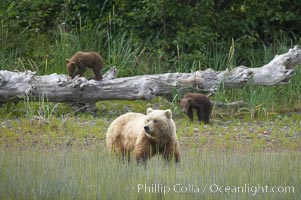
Brown bear female sow with spring cubs. These cubs were born earlier in the spring and will remain with their mother for almost two years, relying on her completely for their survival.
Species: Brown bear, Ursus arctos
Location: Lake Clark National Park, Alaska
Image ID: 19306
Species: Brown bear, Ursus arctos
Location: Lake Clark National Park, Alaska
Image ID: 19306
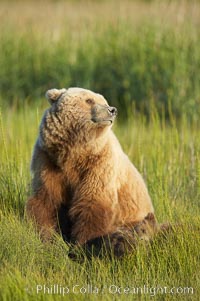
Mother brown bear sow sniffs the air, on alert for any approaching bear that may pose a threat to her three spring cubs asleep in the grass beside her.
Species: Brown bear, Ursus arctos
Location: Lake Clark National Park, Alaska
Image ID: 19311
Species: Brown bear, Ursus arctos
Location: Lake Clark National Park, Alaska
Image ID: 19311
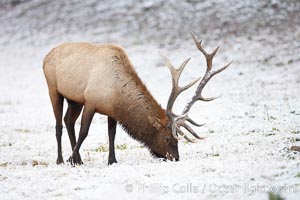
Large male elk (bull) in snow covered meadow near Madison River. Only male elk have antlers, which start growing in the spring and are shed each winter. The largest antlers may be 4 feet long and weigh up to 40 pounds. Antlers are made of bone which can grow up to one inch per day. While growing, the antlers are covered with and protected by a soft layer of highly vascularised skin known as velvet. The velvet is shed in the summer when the antlers have fully developed. Bull elk may have six or more tines on each antler, however the number of tines has little to do with the age or maturity of a particular animal.
Species: Elk, Cervus canadensis
Location: Yellowstone National Park, Wyoming
Image ID: 19734
Species: Elk, Cervus canadensis
Location: Yellowstone National Park, Wyoming
Image ID: 19734
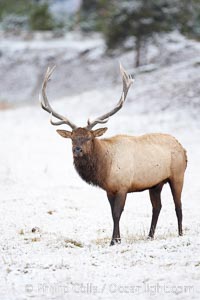
Large male elk (bull) in snow covered meadow near Madison River. Only male elk have antlers, which start growing in the spring and are shed each winter. The largest antlers may be 4 feet long and weigh up to 40 pounds. Antlers are made of bone which can grow up to one inch per day. While growing, the antlers are covered with and protected by a soft layer of highly vascularised skin known as velvet. The velvet is shed in the summer when the antlers have fully developed. Bull elk may have six or more tines on each antler, however the number of tines has little to do with the age or maturity of a particular animal.
Species: Elk, Cervus canadensis
Location: Yellowstone National Park, Wyoming
Image ID: 19751
Species: Elk, Cervus canadensis
Location: Yellowstone National Park, Wyoming
Image ID: 19751
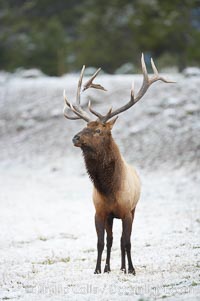
Large male elk (bull) in snow covered meadow near Madison River. Only male elk have antlers, which start growing in the spring and are shed each winter. The largest antlers may be 4 feet long and weigh up to 40 pounds. Antlers are made of bone which can grow up to one inch per day. While growing, the antlers are covered with and protected by a soft layer of highly vascularised skin known as velvet. The velvet is shed in the summer when the antlers have fully developed. Bull elk may have six or more tines on each antler, however the number of tines has little to do with the age or maturity of a particular animal.
Species: Elk, Cervus canadensis
Location: Yellowstone National Park, Wyoming
Image ID: 19778
Species: Elk, Cervus canadensis
Location: Yellowstone National Park, Wyoming
Image ID: 19778
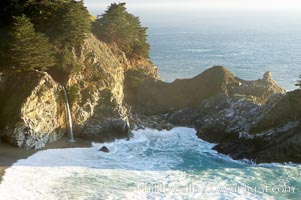
McWay Falls drops 80 feet on the sand in McWay Cove. McWay Falls is fed by springs so falls year round.
Location: Julia Pfeiffer Burns State Park, Big Sur, California
Image ID: 20363
Location: Julia Pfeiffer Burns State Park, Big Sur, California
Image ID: 20363
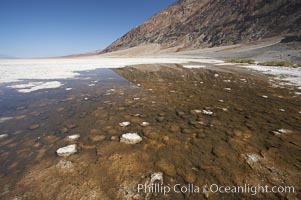
Badwater, Death Valley. A spring feeds this small pool year round. The water is four times more saline than ocean water. The small Badwater snail (Assiminea infima) is found only in Death Valley, in spring-fed pools such as these, and is threatened by habitat destruction. At 282 feet below sea level, Badwater is the lowest point in North America.
Location: Badwater, Death Valley National Park, California
Image ID: 20554
Location: Badwater, Death Valley National Park, California
Image ID: 20554
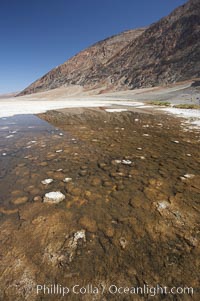
Badwater, Death Valley. A spring feeds this small pool year round. The water is four times more saline than ocean water. The small Badwater snail (Assiminea infima) is found only in Death Valley, in spring-fed pools such as these, and is threatened by habitat destruction. At 282 feet below sea level, Badwater is the lowest point in North America.
Location: Badwater, Death Valley National Park, California
Image ID: 20604
Location: Badwater, Death Valley National Park, California
Image ID: 20604
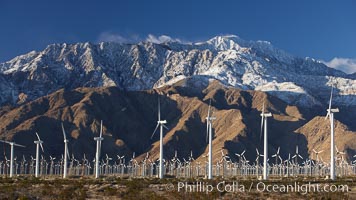
Wind turbines and Mount San Jacinto, rise above the flat floor of the San Gorgonio Pass near Palm Springs, provide electricity to Palm Springs and the Coachella Valley.
Location: San Gorgonio Pass, Palm Springs, California
Image ID: 22240
Location: San Gorgonio Pass, Palm Springs, California
Image ID: 22240
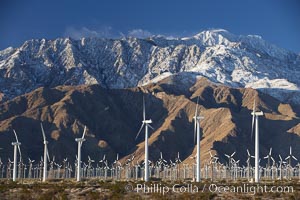
Wind turbines and Mount San Jacinto, rise above the flat floor of the San Gorgonio Pass near Palm Springs, provide electricity to Palm Springs and the Coachella Valley.
Location: San Gorgonio Pass, Palm Springs, California
Image ID: 22241
Location: San Gorgonio Pass, Palm Springs, California
Image ID: 22241
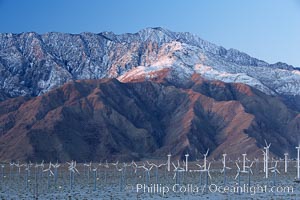
Wind turbines rise above the flat floor of the San Gorgonio Pass near Palm Springs, with snow covered Mount San Jacinto in the background, provide electricity to Palm Springs and the Coachella Valley.
Location: San Gorgonio Pass, Palm Springs, California
Image ID: 22243
Location: San Gorgonio Pass, Palm Springs, California
Image ID: 22243
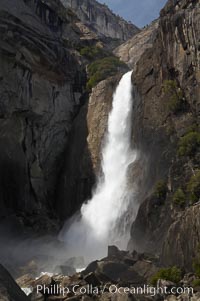
Lower Yosemite Falls near peak flow in spring. Yosemite Valley.
Location: Yosemite Falls, Yosemite National Park, California
Image ID: 16073
Location: Yosemite Falls, Yosemite National Park, California
Image ID: 16073
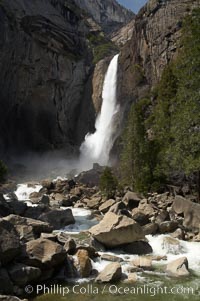
Lower Yosemite Falls near peak flow in spring. Yosemite Valley.
Location: Yosemite Falls, Yosemite National Park, California
Image ID: 16074
Location: Yosemite Falls, Yosemite National Park, California
Image ID: 16074
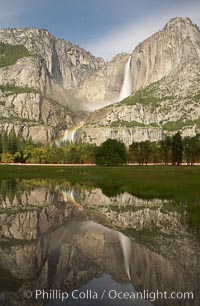
Yosemite Falls by moonlight, reflected in a springtime pool in Cooks Meadow. A lunar rainbow (moonbow) can be seen above the lower section of Yosemite Falls. Star trails appear in the night sky. Yosemite Valley.
Location: Yosemite Falls, Yosemite National Park, California
Image ID: 16093
Location: Yosemite Falls, Yosemite National Park, California
Image ID: 16093